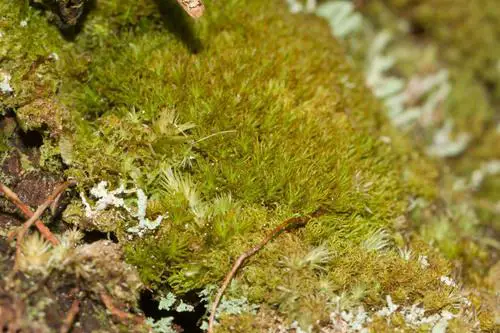
medium.jpg from: https://enciclovida.mx/especies/136784-syrrhopodon
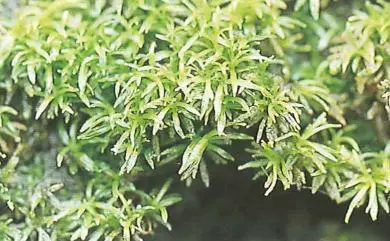
1dc928ba29a896ac104b26394365b498.jpg from: https://taieol.tw/pages/9000
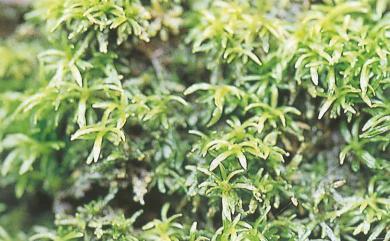
210fd61036129d4014766d0d251836f3.jpg from: https://taieol.tw/pages/9000/articles
Exploring the Fascinating World of Syrrhopodon asper Mitt. Moss
Introduction
Mosses are often overlooked, but they play crucial roles in ecosystems around the world. One particularly interesting species is
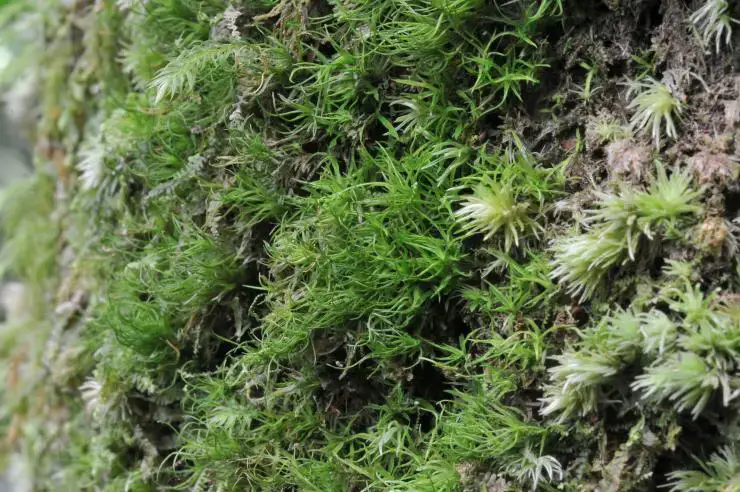
2174e69b73594fa0c620e8af5924f136.jpg from: https://openmuseum.tw/muse/digi_object/bf7e5eeaf8a578b6413d823dbe679935
Syrrhopodon asper Mitt., a moss in the Calymperaceae family. In this blog post, we’ll dive into the details of this fascinating plant, from its morphology to its ecological importance. Get ready to discover the hidden world of Syrrhopodon!
Background
Syrrhopodon asper Mitt. is a species of moss classified in the Bryophyta division and Bryopsida class. It belongs to the Calymperaceae family, which contains over 400 species found primarily in tropical regions. The genus Syrrhopodon includes around 150 species distributed worldwide.
Morphology and Identification
S. asper forms dense tufts or cushions, typically growing on tree trunks, branches, and occasionally on rocks. The stems are erect, reaching 1-3 cm tall. Leaves are lanceolate, 2-4 mm long, with a pointed apex. A key identifying feature is the presence of asper (rough) papillae on the leaf cells, giving the leaves a matte appearance. Leaf margins are often bordered by elongated cells.
Global Distribution and Habitat
This moss species is found throughout the tropics
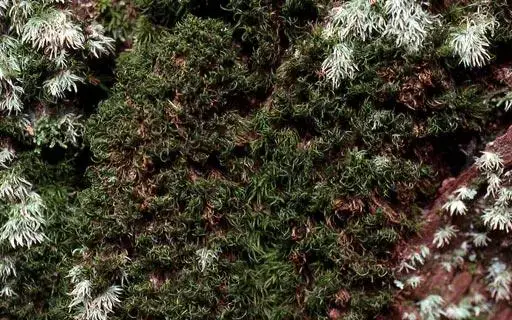
Syrrhopodon-japonicus-bisL.jpg from: https://www.digital-museum.hiroshima-u.ac.jp/~museum/habit/moss_habit/Syrrhopodon japonicus/Syrrhopodon_japonicus.html
, including regions of Central and South America, Africa, and Southeast Asia. It grows in moist, shaded habitats in lowland to montane forests. S. asper is epiphytic, meaning it grows on other plants for support but is not parasitic.
Ecological Roles and Adaptations
Like other mosses, S. asper plays important roles in its ecosystem:
- Water retention: The dense cushions help trap and retain moisture, regulating humidity in the microenvironment.
- Nutrient cycling: As part of the decomposition process, mosses contribute to nutrient cycling in their habitats.
- Microhabitat creation: Moss cushions provide shelter and microhabitats for various invertebrates and microorganisms.
S. asper has adapted to its tropical habitat in several ways:
- Desiccation tolerance: It can survive periods of drought by going dormant and quickly reviving when moisture is available again.
- Leaf structure: The rough papillae on the leaf cells help reflect light and reduce water loss.
Conclusion
Syrrhopodon asper Mitt. may be small, but it is a prime example of how even the most unassuming organisms can have fascinating features and important ecological roles. Next time you’re in a tropical forest, take a closer look at the mosses around you—you might just spot this rough-and-tumble species! What other secrets do you think the world of mosses holds?